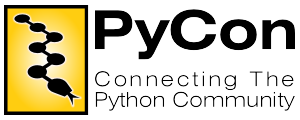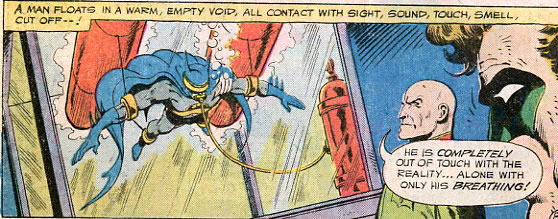Manageability.org asks the question “Is Chandler’s Demise Evidence that Dynamic Languages Can’t Scale?”. For a quick reply, I’ll quote a Reddit comment: “Even if it was, such a badly-managed project wouldn’t be a good example.” Software projects have failed long before the current dynamic language hoopla — see Jeff “Coding Horror” Atwood’s article, The Long, Dismal History of Software Project Failure and the articles he cites for a backgrounder. All the projects cited in these articles most likely were developed in solid, respectable, God-fearing, non-communist static languages.
John Resig writes about how much money he made writing his book Pro JavaScript Techniques (which, as of this writing, boasts a five-star rating on Amazon.com): after collecting a $7500 advance, which applied against future profits, it took him a year’s worth of sales for him to make an additional $246.30 in profit.
He also writes about other things he learned in the process. I’m reminded of what Jeff “Coding Horror” Atwood wrote in a Twitter message — that for all but the hottest of tech topics (in which you are an undisputed master), rather than write a programming book, your money-out-to-work-in ratio might be better if you write about your topic in an ad-supported blog.
The Weighted Companion PC
Based on an item from the game Portal, it’s the casemod of the moment: The Weighted Companion PC! “The pink heart melts the frozen soul of the lonely modder!”
PyCon 2008 – Registration Now Open!

Registration for PyCon 2008, the 6th annual Python community conference, is now open. PyCon 2008 takes place in Chicago (at the Crowne Plaza Chiago O’Hare hotel) from Friday, March 14th through Sunday, March 16th (with tutorials on Thursday, March 13th and sprints running from Monday, March 17th through Thursday, March 20th).
The event has some interesting talks scheduled, and the admissions fees are quite reasonable — before February 20th, it’s $400 if your company is paying, $220 for the “hobbyist” (that is, if you’re paying out of your own pocket). As an old Pythonista (I even did Python coding to pay the rent), I’m intrigued and even thinking about going.

Really, the article is this out of touch with reality.
If you’re looking to both laugh and cry at the same time, looking no farther than an article written by Robert Graham in the Errata Security blog titled Why the OLPC Promotes Terrorism, which should be a contender for the most insane tech article of the year. It’s so filled with the type of over-the-top pronouncements that one normally sees on extreme right-wing blogs that I had to reread to make sure that it wasn’t parody, and even now I’m not 100% sure. (Next to this article, Zed’s rant sounds rather restrained.)

The article’s two main points is that the OLPC is evil because:
- The design of the OLPC reflects the needs of its creators rather than its users, which to rob third-world children of their dignity.
- It’s a tool to indoctrinate third-world children into the preferred ideology of its designers, which is rabidly communist.
The article has:
- Bizarro statements: “The processor is more than fast enough to run software written in capitalistic programming languages like C++, but the majority of the user interface is written in slow left-wing languages like Python.”
- Reasoning that would make Bill O’Reilly proud: Graham states that features like mesh networking feature are meant to reinforce the notion that individualism is bad and socialism is good.
- A pointless conclusion: “Yet, at its core, it’s still a computer than people can use to hack the United States. It is a weapon that can attack our nation’s infrastructure much more effectively than a gun would. Here is a picture of us installing Metasploit on it” — as if Metasploit only ran on the OLPC.
Graham’s preferred machine for the third world? Intel’s Classmate PC: “[It] runs the same Windows or Linux desktops that everyone else in the world uses. Intel’s computer has no enforced educational agenda. It doesn’t have communist software on it, yet the children collaborate with each other anyway without software forcing them to.”
Graham’s article has a couple of things I agree with:
- The OLPC is not without its problems and is not above criticism
- I don’t see anything wrong with Intel releasing a competing machine, in spite of Negroponte’s huffing and puffing to the contrary
…but for the most part, it’s FOX News-style insanity. If you’re a techie looking for a laugh, Graham’s article is the place to go today.
75 Words Every Sci-Fan Should Know
75 words every sci-fi fan should know: a list of terms that science fiction has invented or popularized. Among these is Whuffie, a key word at Cory Doctorow’s start-up, OpenCola, where I worked and had my “bubble” experience, including to move to and away from San Francisco.
“Someone who was a lot smarter than me figured out that ‘blog’ stood for ‘Best Listings On Google’.” — Will Pate in his presentation, Guerrilla Marketing Tactics for Online Publishers.